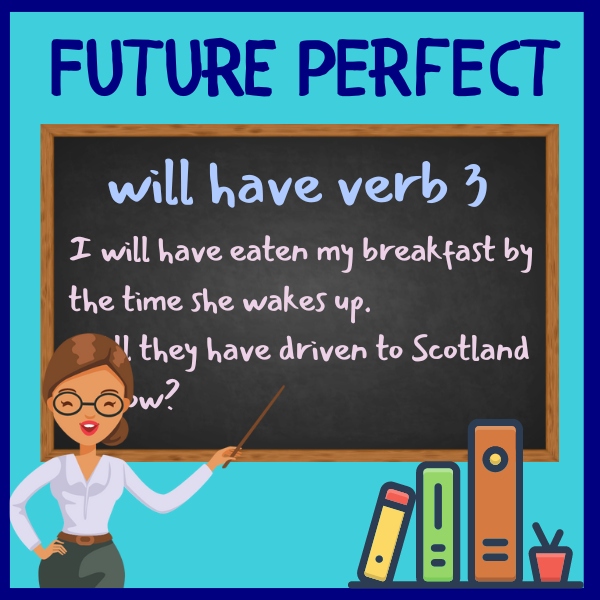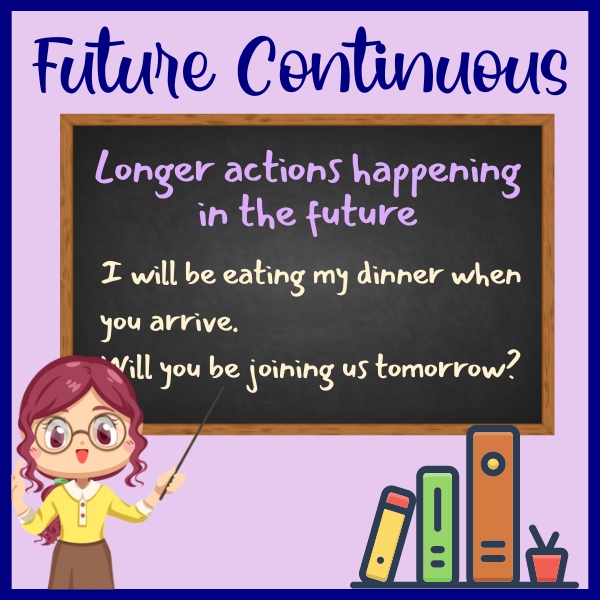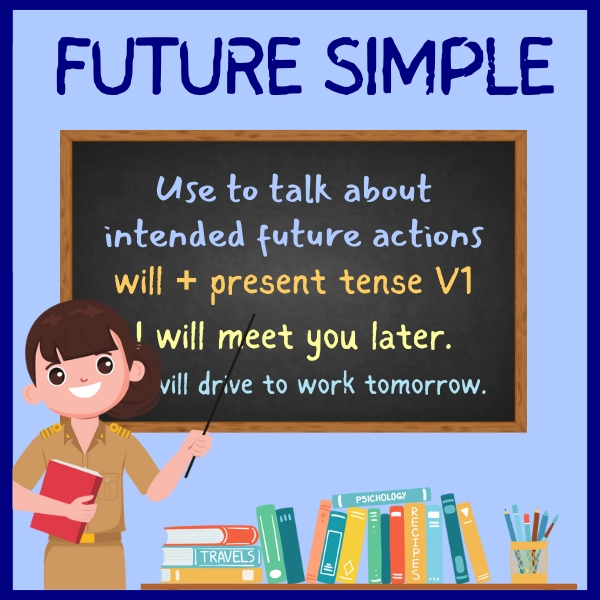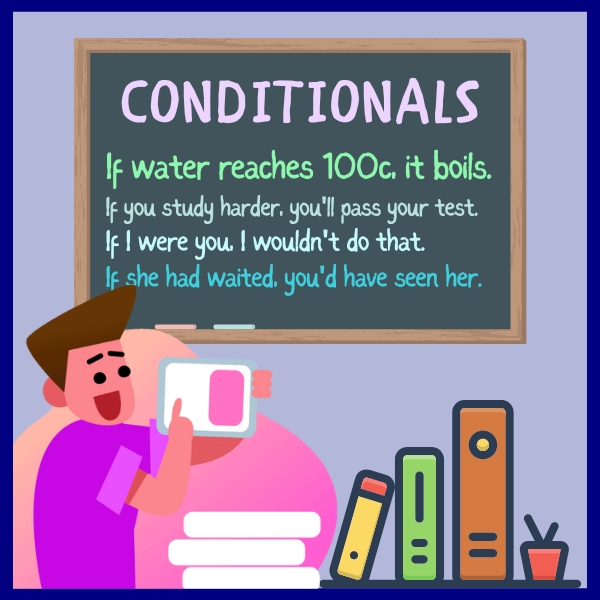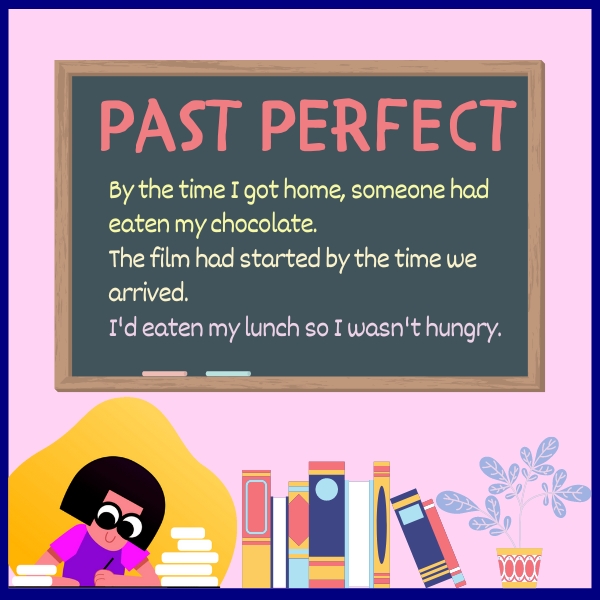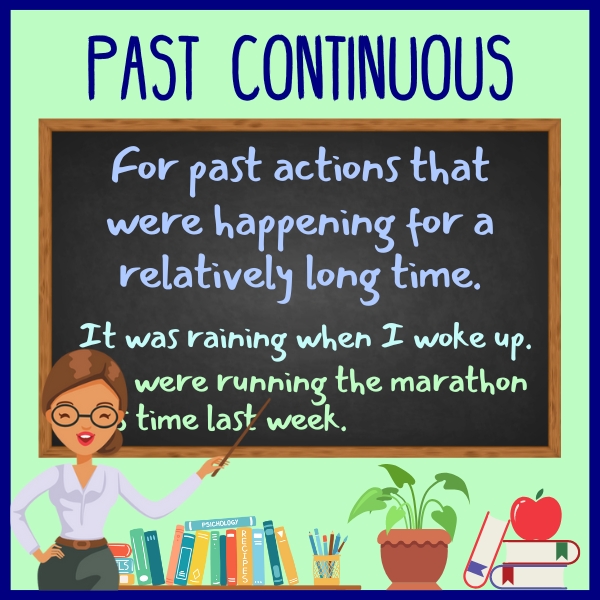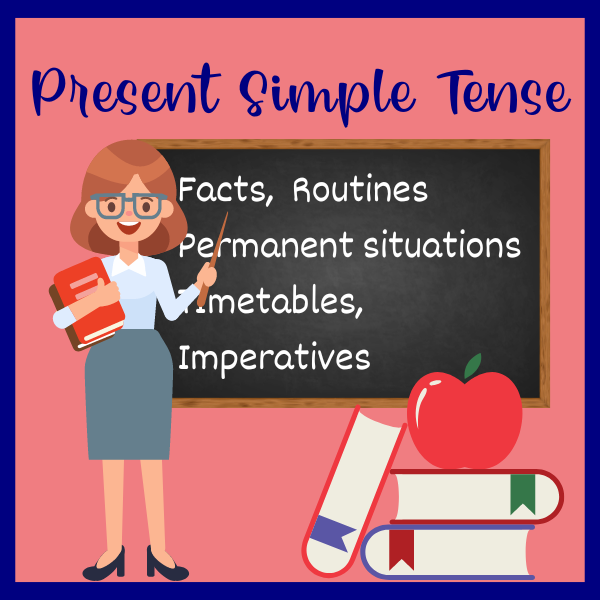Verb To Be Questions
Verb To Be Question Form Verb to be question form structure is similar to other verbs, but you don’t need to add an extra helping verb. As you know from doing the Verb To Be standard form, it’s an irregular verb and it has eight different conjugations: be, am, is, are, was, were, being, been. A bit like one of the X-Men! … Read more

